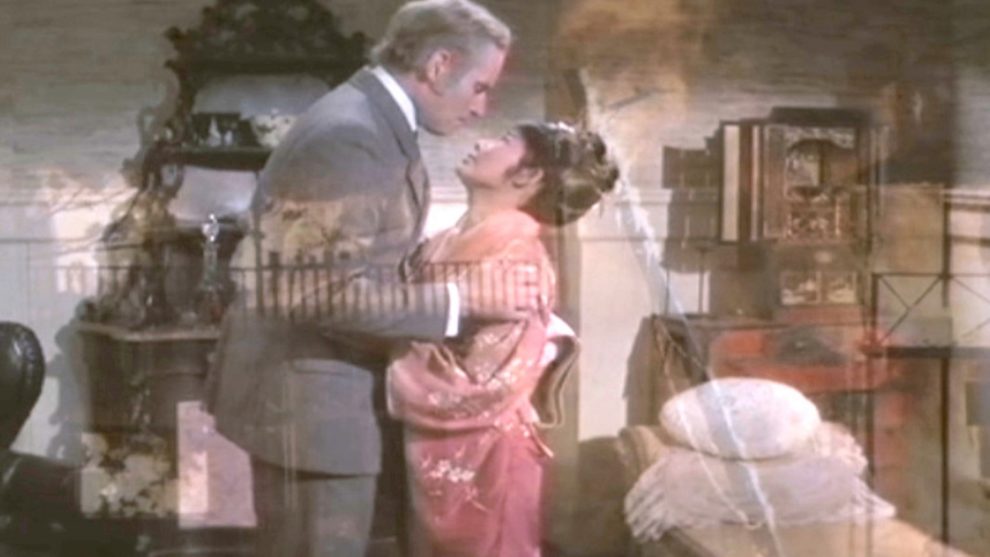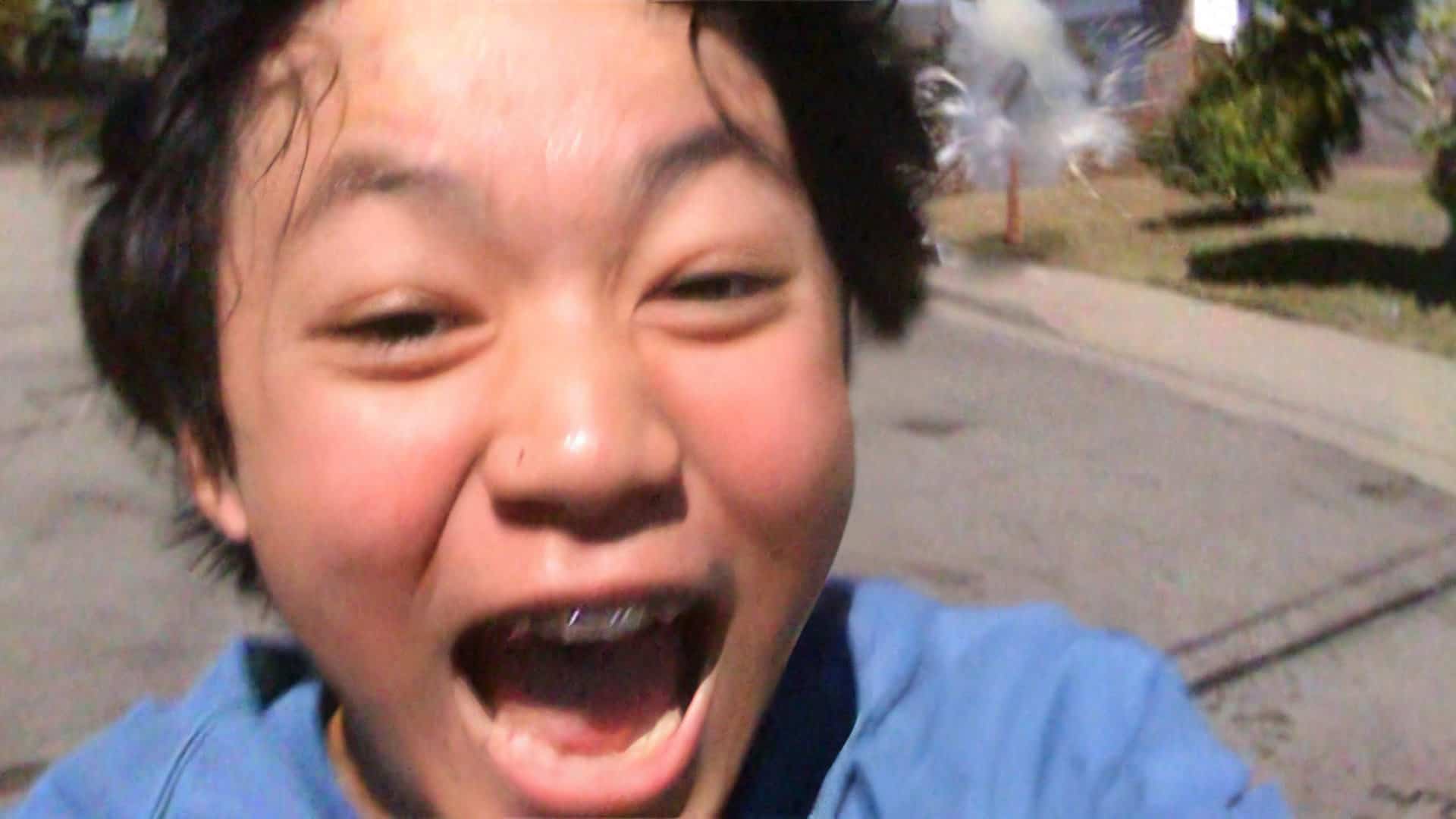In his short documentary “Occasionally, I Saw Glimpses of Hawai'i”, Christopher Makoto Yogi looks at the ways American cinema represents his native state Hawai'i.
Occasionally, I Saw Glimpses of Hawai'i is screening on Prismatic Ground

The short comprises of footage from 34 Hollywood movies depicting Hawai'i, shot in the span of 80 years. The oldest one dates from 1931, while the newest, from 2011. They aren't used as is, though. Scenes from the Hollywood productions are slowed and superimposed with their soundtracks and dialogue made to overlap. This creates a pronounced fever dream-like feeling, amplified by the way some slowed-down footage is also looped in a GIF-like fashion. This all creates the strong impression on the viewer that he is watching something from another, skewed world.
Thorough the entire short, we don't the real Hawai'i, but the place through the Western exoticizing gaze. Rather than a complex and nuanced place, Hawai'i is rendered in mainly three ways, as a heavenly place for vacation, as an island filled with subservient noble savages, or as a place of Pearl Harbor. We see men with feathers and long hair ukuleles singing songs, and as a whole, living in a blissful lack of knowledge about the modern world. It is like a reversal to a “pre-modern” or “undeveloped”, “naive” past of which the Americans who go to this “heaven on Earth”.

Hawai'i is a heavenly place but not for its native citizens. It is for the white males. Makoto Yogi shows this time, and again through the fact that the white males who are the main characters the story revolves around, and as such, have the agency over the natives of the state. They, on the other hand, are presented as nothing more than noble savages who exist for nothing else but to serve the great white visitors. Half-naked men with skirts play ukuleles and sing or carry the white visitor's luggage or food. Yes, they are there but in the periphery, existing as caretakers of the heavenly vacation place of the white conquerors.
This colonial oriental view is seen through the representation of native women. Bare-breasted, voluptuous, and very young, they serve the elderly white males, who gawk at them in a predatory manner. Of course, though similar depiction of nakedness is stopped in the footage from the current century, the sexualized presentation of women is carried, mostly in the form of bikini-clad young females. The representation of the women as shown in the short hints at another aspect of Hollywood's idea of Hawai'i, that of a place where white people can both continue living out their dream of colonial control and have a place where they can regress to their more primal desires.
Still, we must note that though critical of the skewed representation of his native Hawai'i by the Hollywood studios, Christopher Makoto Yogi's film is not condemning of it. We see that towards the end, when he superimposes a still shot from one of his movies on top of two women speaking idealistically about Hawai'i. This single shot which lasts only for a few seconds, adds a lot of depth and ambiguity to the message of the film and makes it all that more interesting and thought provoking.














